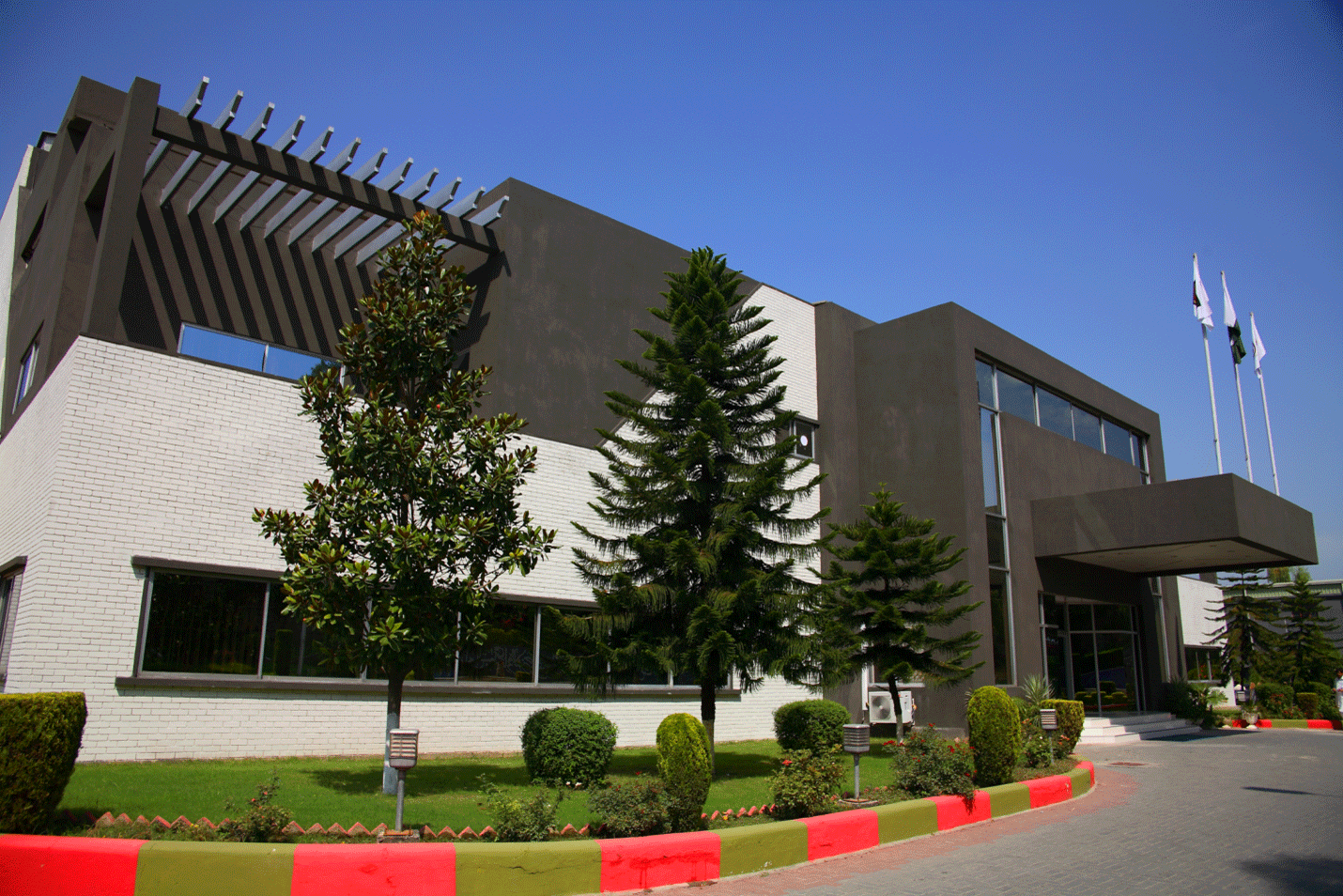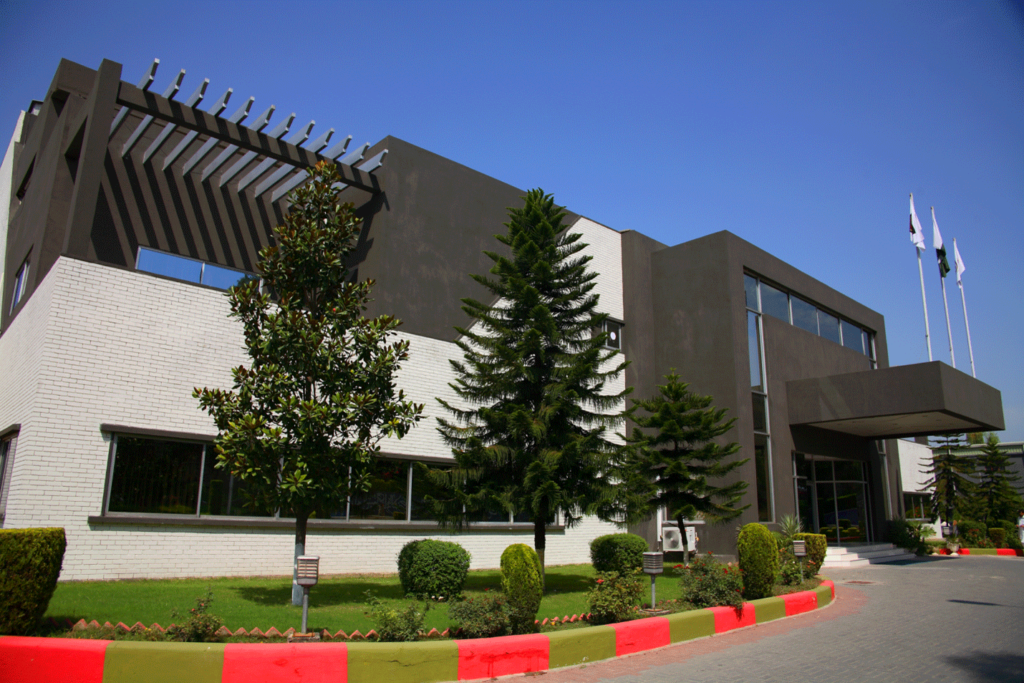LTE has been offering services of laying, jointing, testing, and link maintenance complying to the International Quality Standards and Management Systems.
Our company specializes in sales and infrastructure development of IT and telecom related projects, in addition to optical fiber products. We are determined to provide turnkey solutions to facilitate telecommunication growth in Pakistan. Since its existence, LTE’s team has made steady efforts to establish its infrastructure services all over the country for the telecom industry.
LTE currently offers;
Optical fiber cables are the backbone of modern communication systems, providing high-speed data transmission over long distances. Laying an optical fiber cable is a complex process that requires careful planning, skilled labor, and specialized equipment. However, the result is a high-speed, reliable communication system that can support a wide range of applications. Laying Optical fiber cables involves several steps, including engineering surveys, route planning, excavation, and cable installation, jointing, testing and commissioning.
Route planning is the first step in the process of OFC deployment. It involves determining the most efficient and cost-effective path for the cable. This may involve surveying the area, taking into account factors such as terrain, existing infrastructure, and potential obstructions. LTE provides services for detailed engineering surveys and suggests best cost-efficient route for its customers.


Once the route has been determined and finalized with customers, excavation work can begin. This may involve digging trenches or using horizontal drilling techniques to create a path for the cable. LTE teams perform the excavation work carefully to minimize damage to the surrounding environment and to ensure that the cable is properly protected.
After the excavation work is complete, LTE teams install the cable which typically involves pulling the cable through the trenches or boreholes or HDPE pipes, and securing it in pits using anchors or marker posts. Utmost care is taken while handling the cable to prevent damage, optical losses or cuts.


Once the cable is in place, LTE teams conduct two-way testing using top-of-the-line OTDR before jointing & Termination, in order to ensure that the cable is free from defects that may appear during laying / pulling of excavation work, and that there are no issues with the signal quality.
Once cables are jointed end-to-end by LTE’s skilled manpower, the ends are terminated in ODFs and again tested using OTDR to ensure that the end to end signal loss is with the limits defined in customer specifications.”
Optical fiber cables are widely used in telecommunications, internet and data communications. They are known for their high-speed data transmission capabilities and resistance to electromagnetic interference. However, like all cables, optical fiber cables require regular maintenance to ensure they continue to function properly.
LTE Understanding of the importance of maintenance of optical networks stands far above than any other competitor, because of its 20 years of experience of maintaining Optical Networks of renowned mobile operators.
The main types of maintenance for optical fiber cables include cleaning, inspecting, and testing. Cleaning is important to remove any dirt, dust, or other contaminants that may have accumulated on the cables. Inspecting the cables involves looking for any physical damage, such as breaks, cracks, or kinks, and ensuring that all connections are secure. Testing is done to check the integrity of the fiber and to ensure that data is being transmitted at optimal levels.
Three major types of Optical Network Maintenance are offered by LTE:
It is about restoring the network within stipulated timeline in case of sudden damages or cuts. The activity includes:
a. Deployment of jointing teams on OFC alignment as per SLA.
b. Emergency restoration of traffic by splicing the live fibers within the given SLA Time


It is about preventing the network against probability of damages which may occur due to expected civil works, rodent attacks, or any pre-defined activity.
Salient features include:
LTE provide 24/7 patrolling services for surveillance and monitoring of deployed Optical network.
Salient features include:

S:No | Name |
1 | LTE Head Office Hasanabdal |
2 | Gojar Khan Office |
3 | Rawalpindi Office |
4 | Taxila Office |
5 | Mithyal Office |
6 | Abbottabad Office |
7 | Murree Office |
8 | Nowshera Office |
9 | Shabqadar office |
10 | Peshawar Office |
11 | Landi Kotal/Torkham Office |
12 | Bajor Office |
13 | Wari (Upper Dir) Office |
14 | Ashret (Chitral) Office |
15 | Kohat Office |
16 | Hangu Office |
17 | Sada Office |
18 | Karak Office |
19 | Pezu Office |
20 | Jhang Office |
21 | Faisalabad Office |
22 | Hydrabad Thal Office |
23 | Sialkot Office |
24 | Gujranwala Office |
25 | Gujrat Office |
26 | Karachi Johar Office (KHI LDI) |
27 | Nazim abad Office (KHI OFJAN 1) |
28 | Maymar Office (KHI OFJAN 4) |
29 | Clifton Office (KHI OFJAN 5) |
30 | Hyderabad Office |
31 | Nawab Shah Office |
32 | Sukkur Office |
33 | Pir Jo Goth |
Expart [Team] Member
frequency [And] questions.
Phasellus dignissim arcu sit amet augue mattis, eget rutrum ex finibus. Morbi blandit luctus nisi, id ornare sem blandit sed. In sed luctus dolor. Integer vitae pretium nunc Aliquam rutrum.

Phasellus dignissim arcu sit amet augue mattis, eget rutrum ex finibus. Morbi blandit luctus nisi id ornare sem blandit sed.
Nullam felis sapien, pellentesque sit amet finibus ac, semper at lacus. Vestibulum nisi eros, molestie auctor suscipit consectetur, tempor vitae lacus. Duis purus dui.
Nullam felis sapien, pellentesque sit amet finibus ac, semper at lacus. Vestibulum nisi eros, molestie auctor suscipit consectetur, tempor vitae lacus. Duis purus dui.
Nullam felis sapien, pellentesque sit amet finibus ac, semper at lacus. Vestibulum nisi eros, molestie auctor suscipit consectetur, tempor vitae lacus. Duis purus dui.
What [Client] Says?
